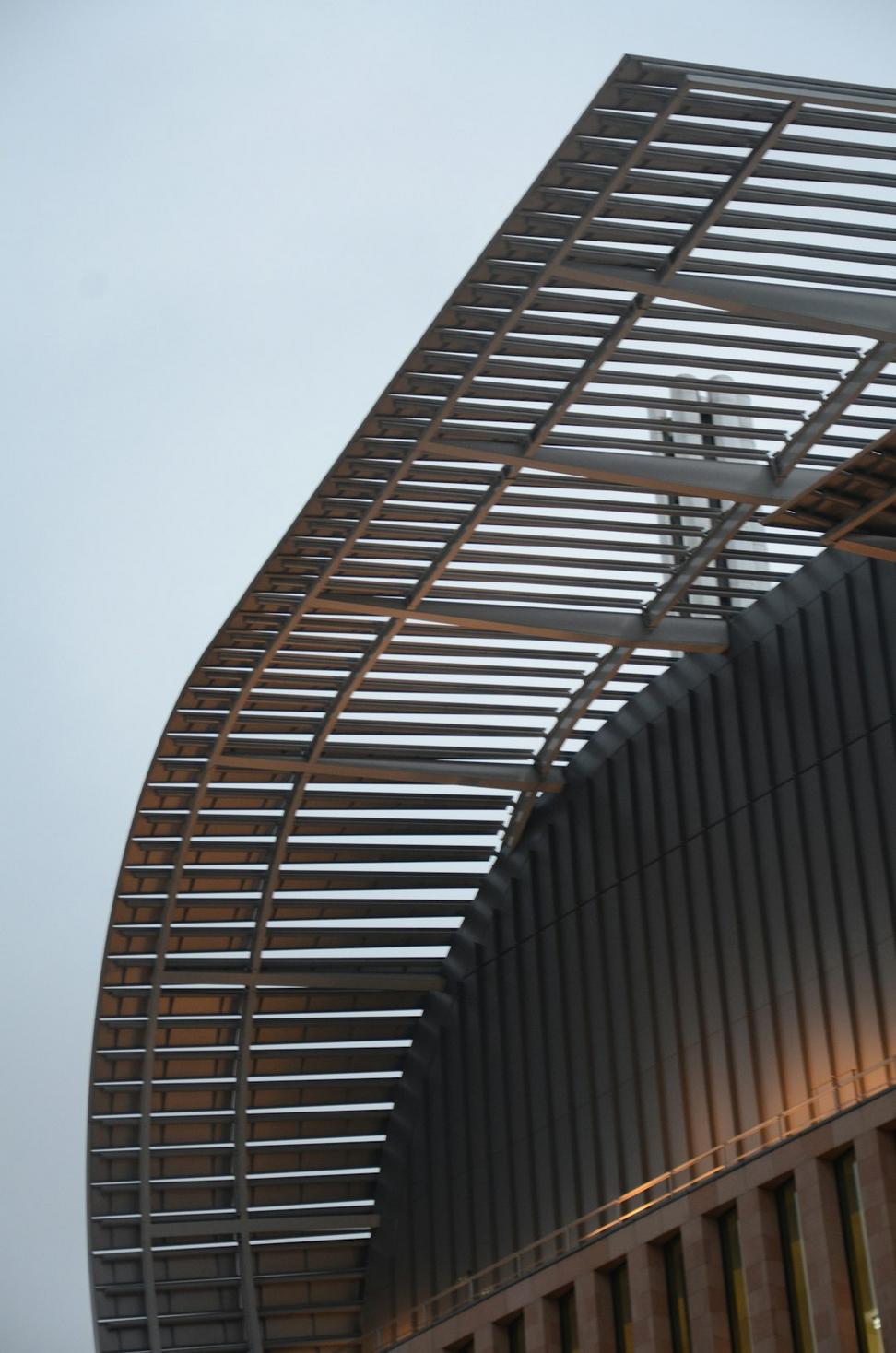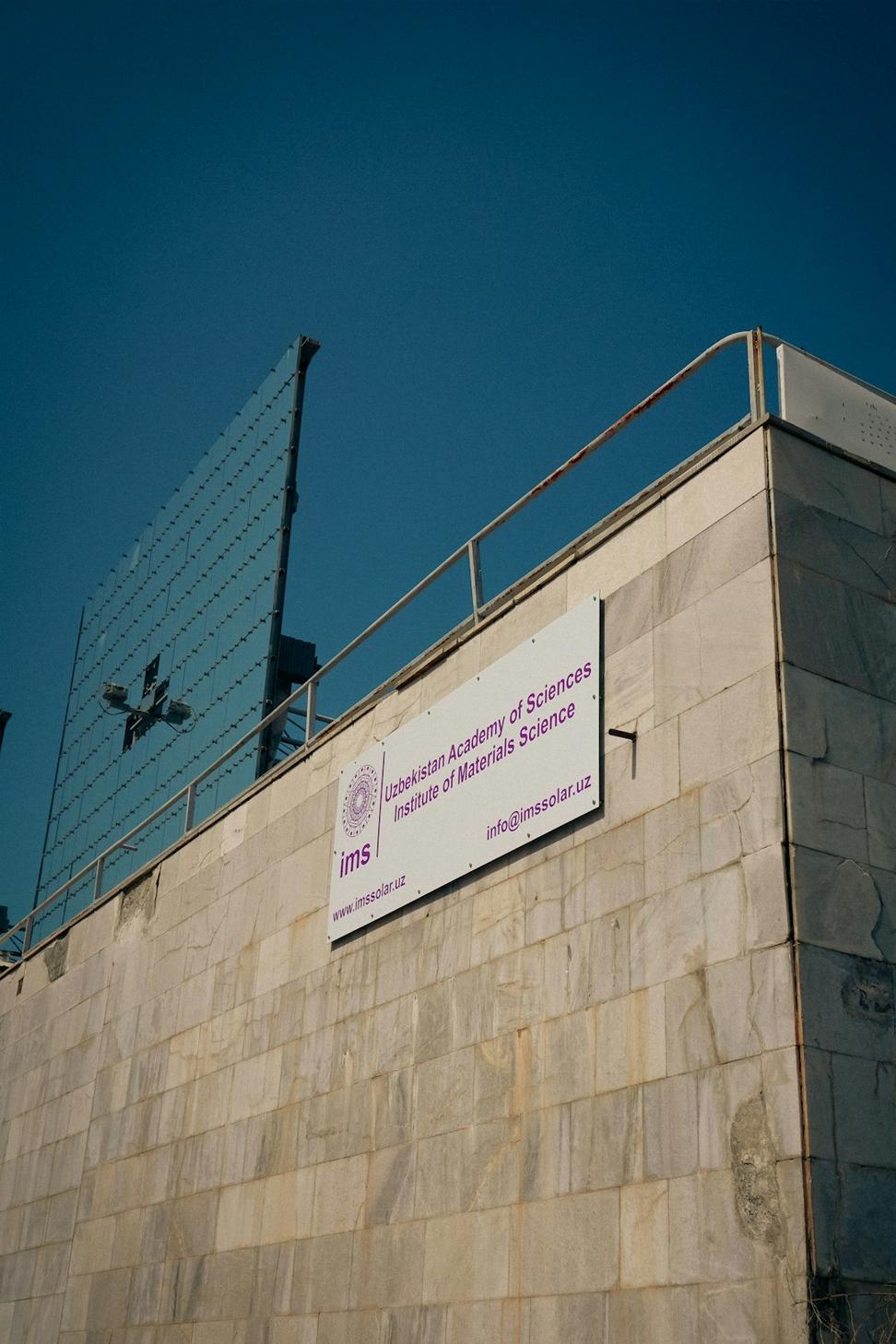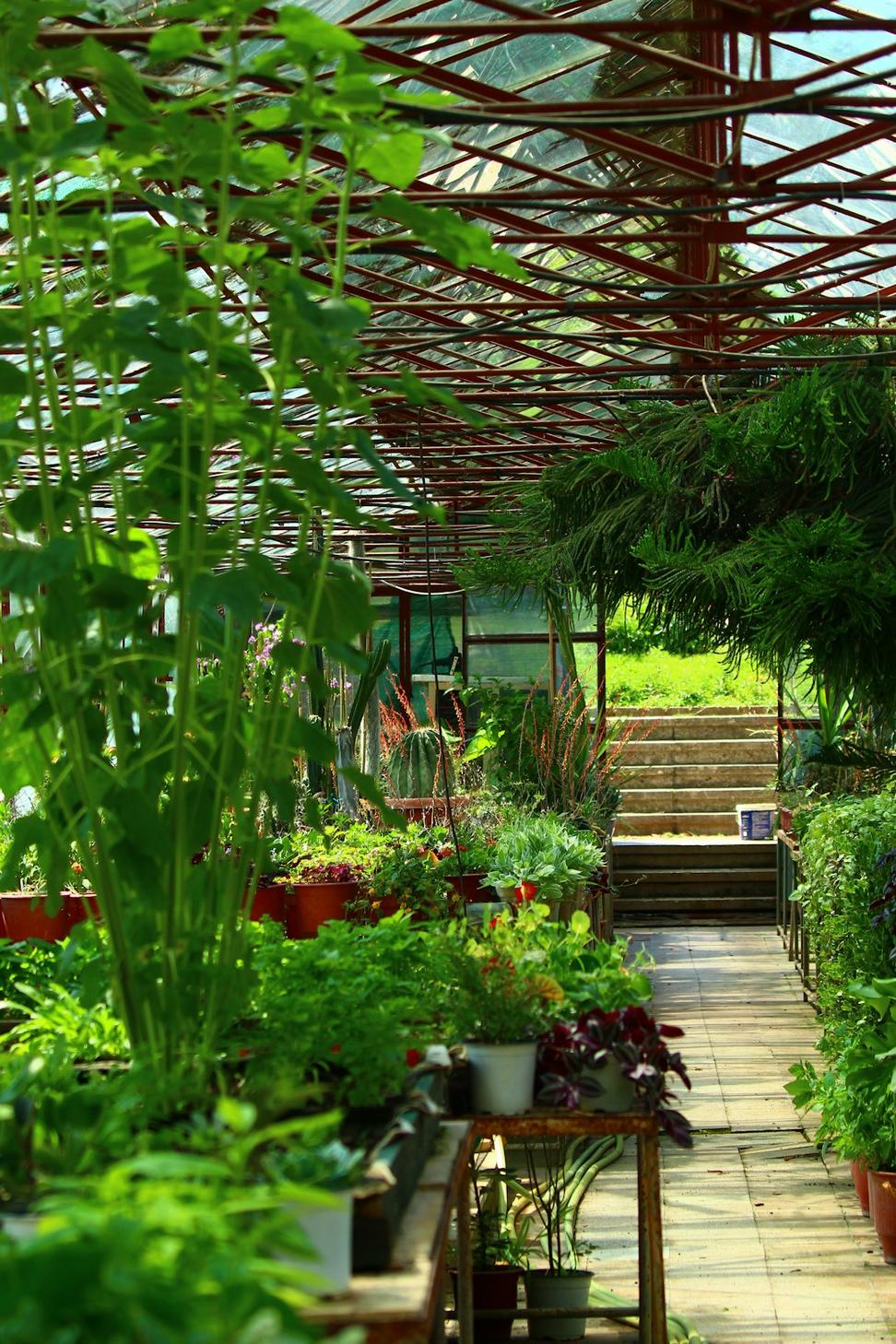
Our Commitment
Carbon Neutral by 2025
Why We're Obsessed With This Stuff
After working on my first LEED project back in 2011, something just clicked. Buildings account for nearly 40% of global carbon emissions - that's massive. And here we were, architects, designers, literally shaping the built environment. It felt like we had this responsibility we couldn't ignore anymore.
Fast forward to now, and sustainability isn't some separate department or specialty service for us. It's the foundation. Every material choice, every window placement, every system we spec - there's an environmental calculus happening. Sometimes it's subtle, sometimes it completely reshapes the design. But it's always there.
Energy Efficiency
Our projects use 62% less energy on average compared to conventional builds. Not by accident - through obsessive attention to envelope design, passive strategies, and smart systems integration.
Water Conservation
Rainwater harvesting, greywater systems, low-flow fixtures - we've helped clients reduce water consumption by up to 45%. Especially crucial given Ontario's changing climate patterns.
Material Selection
We're kinda nerdy about this - tracking embodied carbon, sourcing locally when possible, prioritizing recycled content. Basically, every material has a story, and we wanna make sure it's a good one.
Waste Reduction
Construction waste is a nightmare. Through careful planning and working with contractors who actually care, we've diverted over 80% of construction waste from landfills on recent projects.

